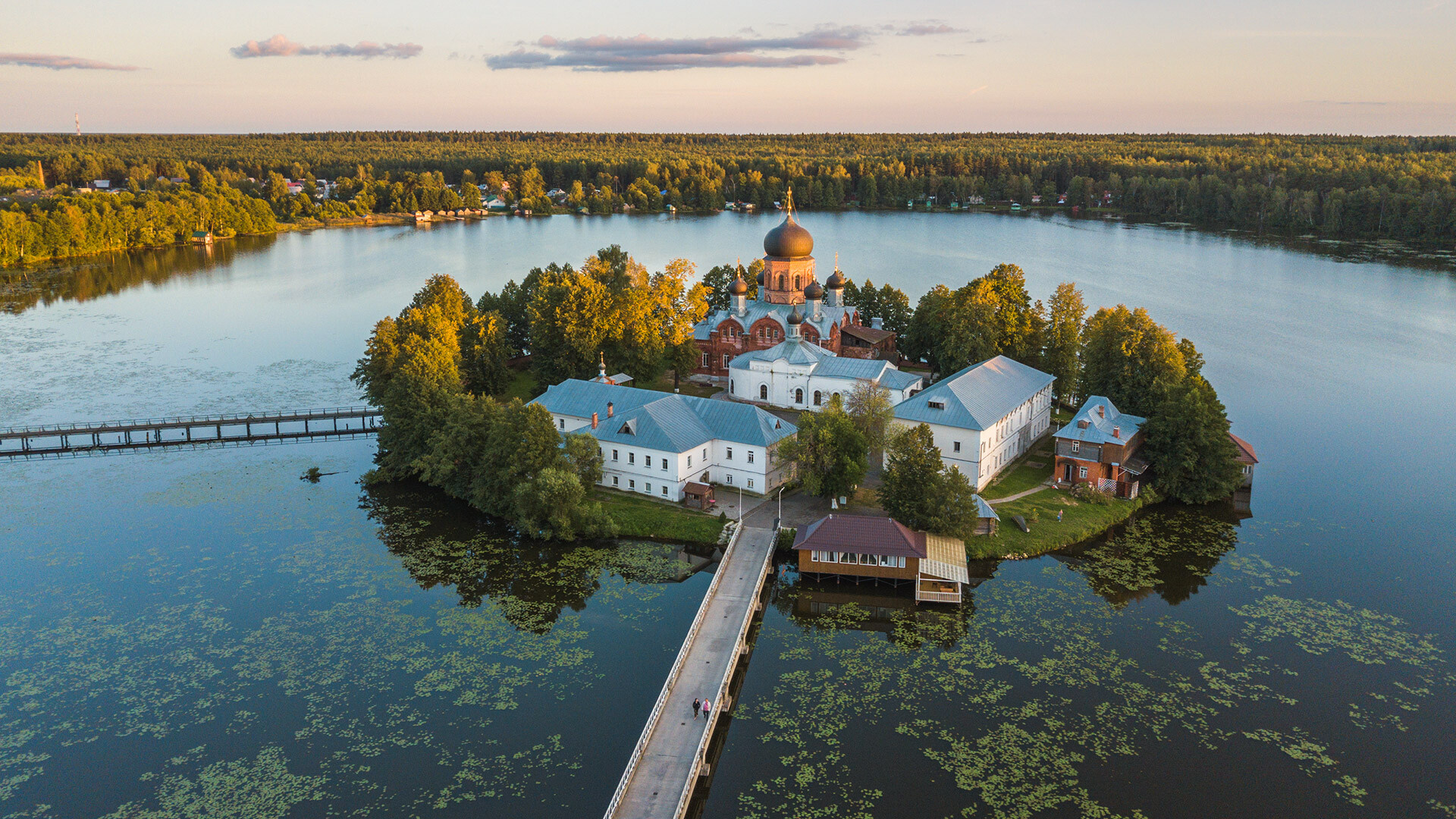
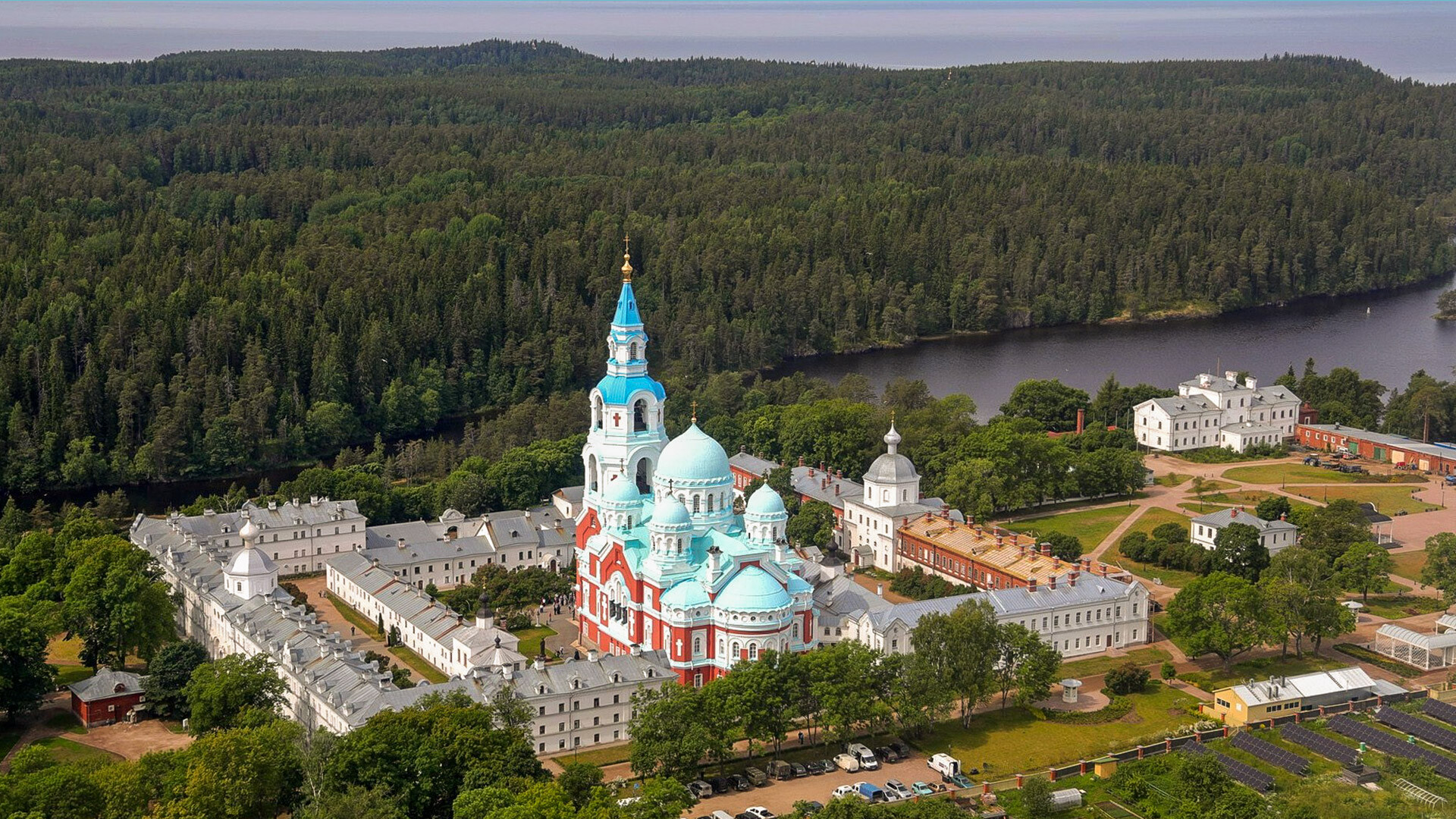
One of Russia’s most famous monasteries is located on the islands of the Valaam Archipelago in the northern part of Lake Ladoga. According to legend, this place was once visited by Andrew the Apostle, who erected a stone cross and ruthlessly destroyed the temples of pagan gods Veles and Perun.
The authentic history of the Stauropegic (subordinate directly to the patriarch of the Russian Orthodox Church, as opposed to local diocesan authorities) Valaam Monastery of the Transfiguration of the Saviour dates back to the 14th century. Despite numerous Swedish raids, the monastery grew and prospered.
By the dawn of the Russian Empire, the monastery was one of the largest in the country, consisting of 21 churches, 22 chapels, 600 monks and even several factories and workshops of its own to produce candles, bricks and leather. After the Revolution of 1917, the archipelago, together with the monastery, became part of Finland.
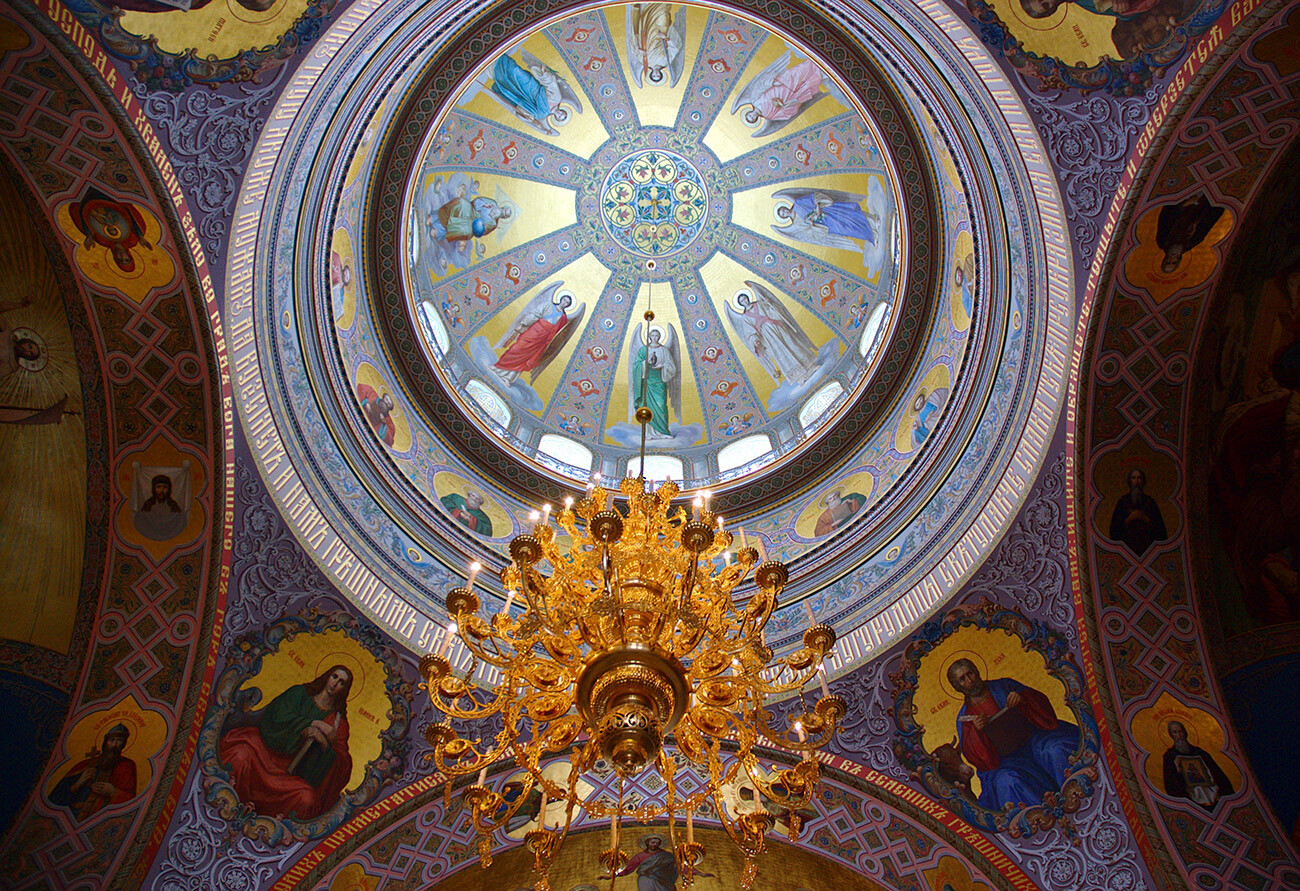
After the Soviet-Finnish war in 1940, the Valaam Monastery was again under Moscow’s control. A long period of desolation began: valuables and rare books were carried out, the buildings were used to house a school for bosuns and juniors, a state farm and, after World War II, a shelter for disabled veterans.
The rebirth of the monastery began on the eve of the collapse of the Soviet Union in 1989. Today, Valaam, which regained its former glory, is one of the main centers of pilgrimage and tourism in Russia.
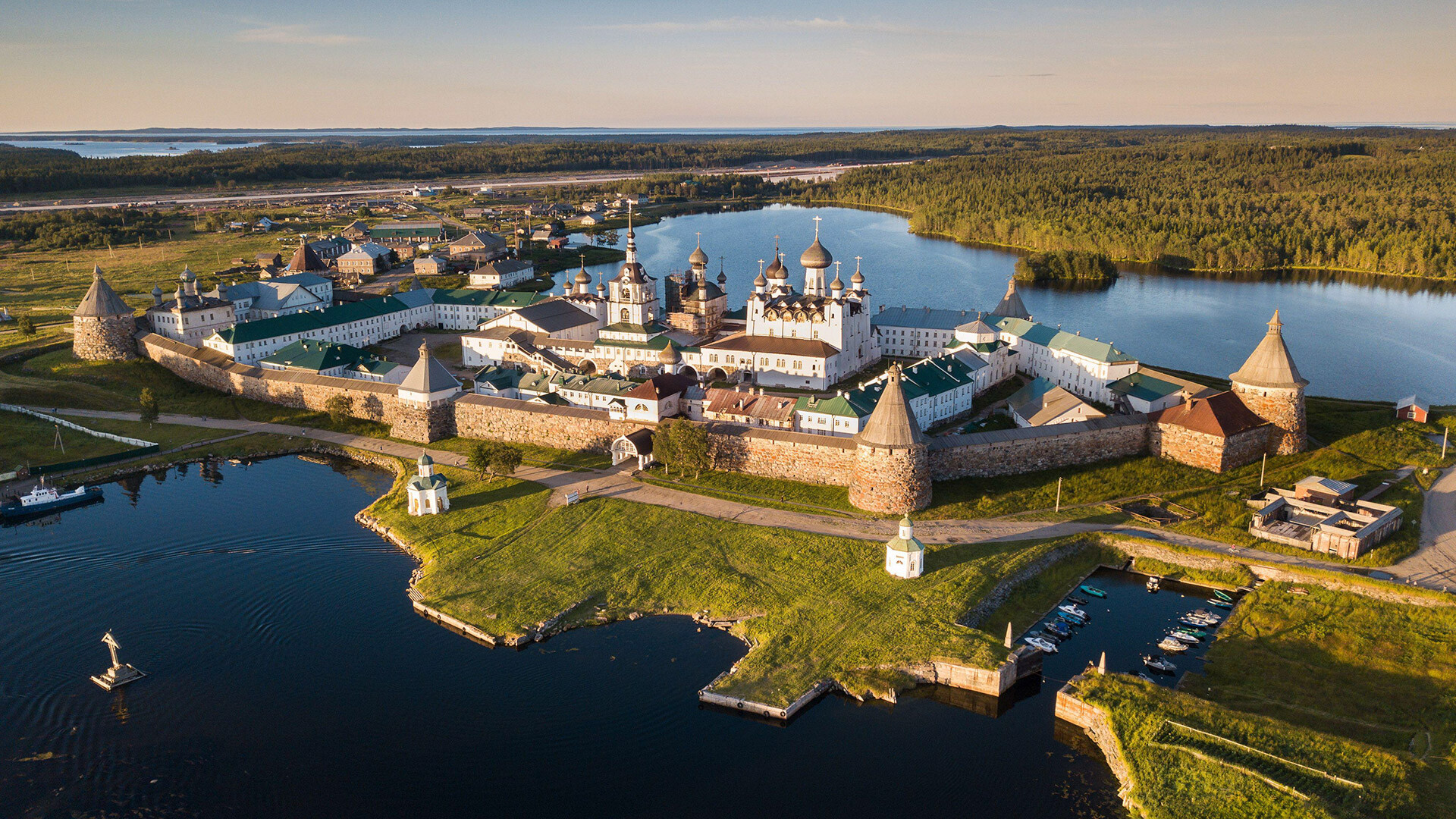
In 1429, monks Savvatiy and Hermann came to the Big Solovetsky Island, which is located in the White Sea, and “planted a cross and a cell” there. Seven years later, Zosima appeared on the island. The Russian Orthodox Church associates the beginning of the history of the Stauropegic Solovetsky Monastery of the Transfiguration of the Saviour with these three saints.
The monastery became not only a major religious and cultural center, but also one of the most important Russian outposts in the exploration of the North. Being well fortified, it repeatedly repelled attacks by the Swedish army.
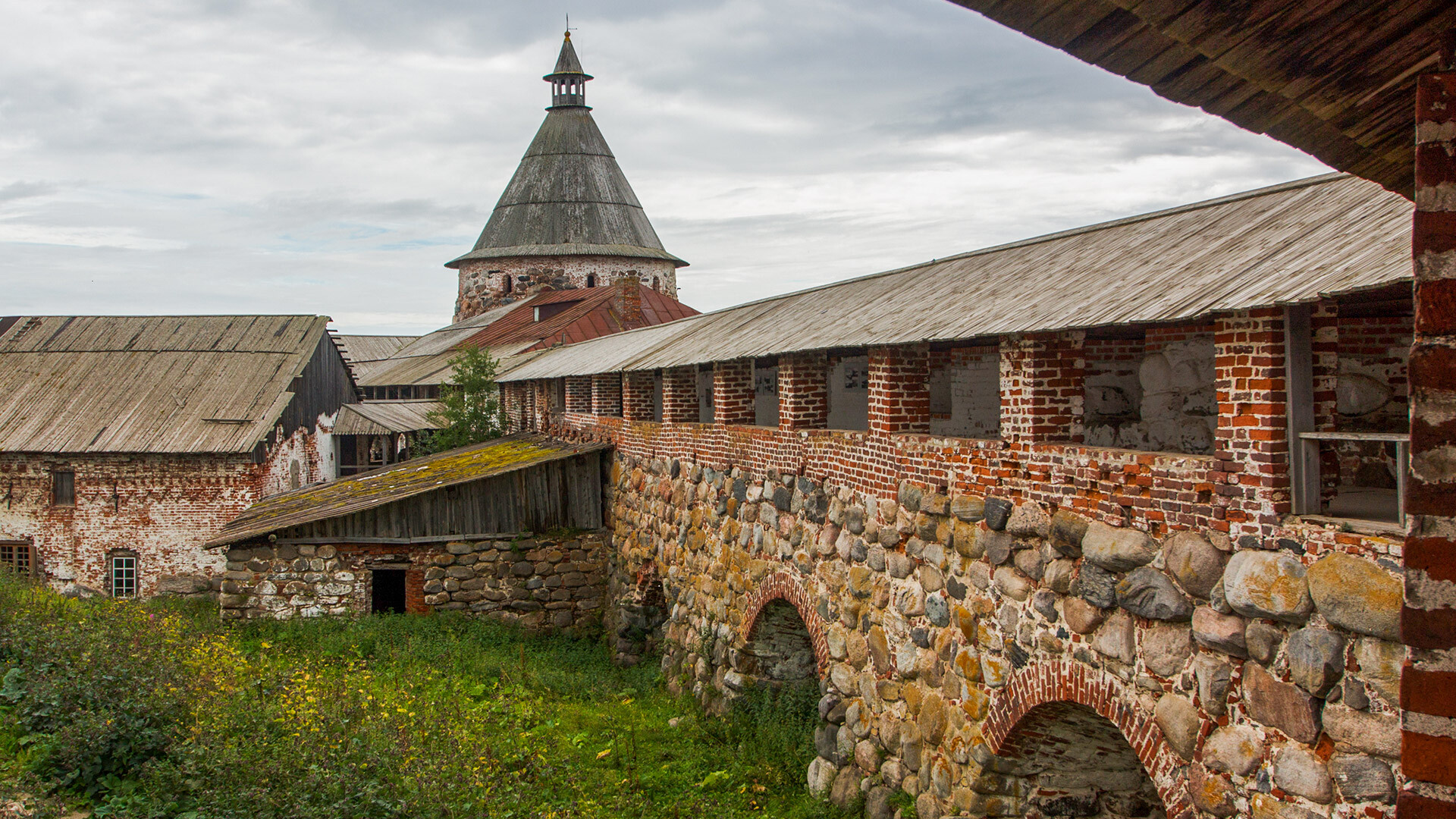
In 1668, the Solovetsky monks came into conflict with the central authorities, refusing to recognize the changes initiated by Patriarch Nikon in liturgical books and church ceremonies. Things even came to an armed confrontation. For several years, the tsarist army laid siege to the monastery, which finally fell in 1676. Immediately after, twenty-six active rebels from the monastic brethren were executed.
In 1920, the Bolsheviks closed down the monastery and requisitioned its cultural treasures. Later, the Solovetsky Special Purpose Camp (and from 1937 – the Solovetsky Prison), the Young Guard School and the Museum-Reserve were installed on its grounds. The gradual revival of the monastery began only in 1988.
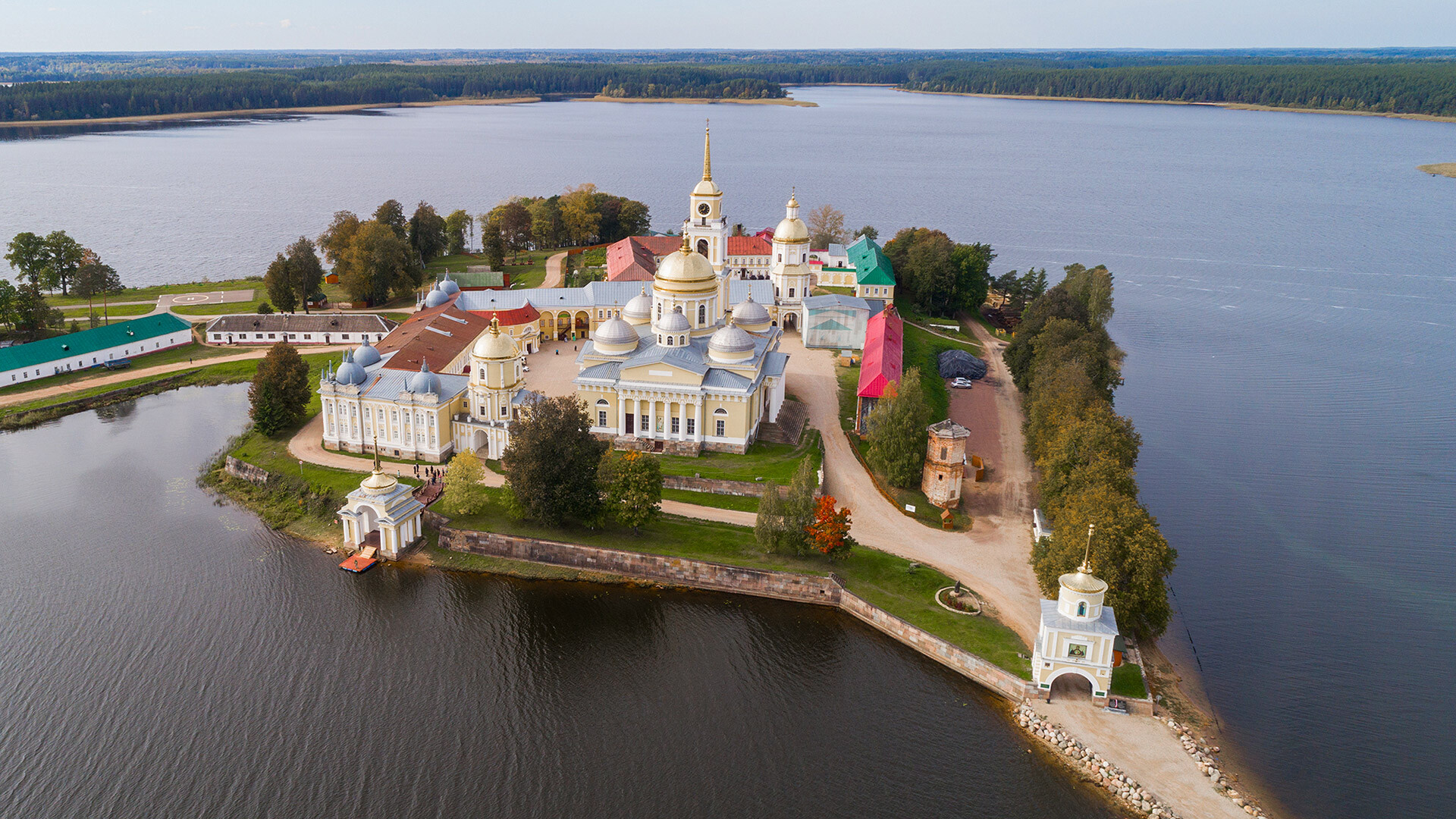
A monk named Nilos spent 27 years in total seclusion on Stolobny Island on Lake Seliger in the province of Tver. His life was full of hard agriculture work and prayers. Having taken a vow to never lie down, he slept and rested standing up, leaning on wooden hooks in his cell.
He died in 1555 and was buried on the island, where monks, who had been inspired by him, soon began to settle. Nearly forty years later, a monastery was founded on Stolobny Island.
Tens of thousands of pilgrims from across the Russian Empire annually visited the Nilo-Stolobensky Hermitage, wishing to touch the reliquary (with the relics inside) of the reverend Nil. The monastery enjoyed the special patronage of the royal family, who did not forget to take care of its improvement.
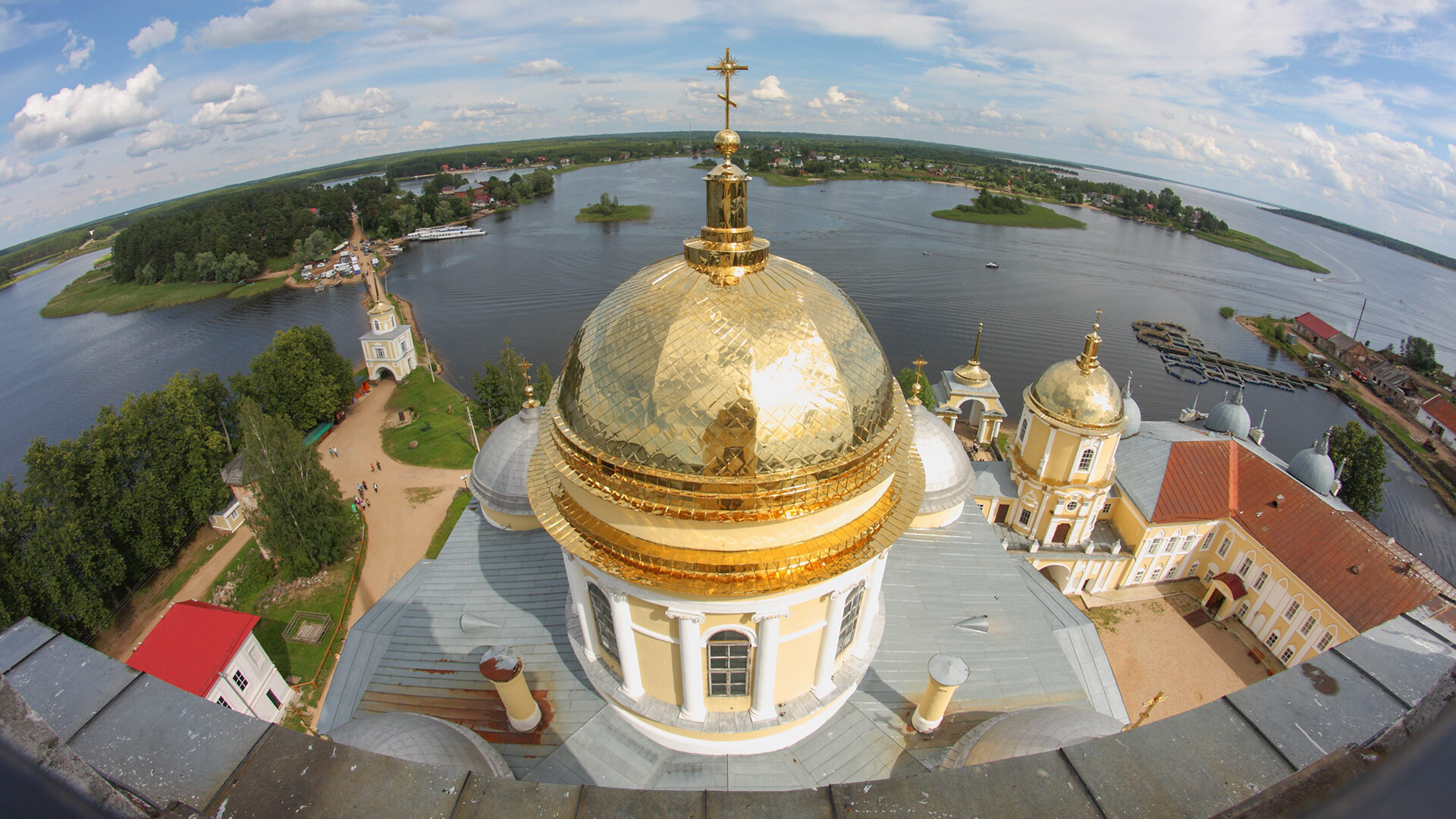
As with other Orthodox monasteries, the Soviet period was a time of harsh trials for the hermitage. At various times, it was used as a prison for young offenders, a camp for Polish prisoners of war, a nursing home and a tourist base.
In 1990, the Nilo-Stolobensky Hermitage was returned to the Russian Orthodox Church. Five years later, the relics of St. Nil were also returned to the hermitage by the local museum of the neighboring town of Ostashkov, where they had been kept after the revolution.

A small deserted island in the very center of Lake Vyatka (present-day Lake Vvedenskoe located in Vladimir Region) started to become inhabited at the end of the 17th century by monks who sought a secluded and righteous life. The Svyato-Vvedensky Island Hermitage was founded soon after.
Near the end of the Soviet era, during which it served as a youth detention center, a gym, a movie theater and a furniture warehouse, it was returned to the jurisdiction of the Russian Orthodox Church. Today, this once men’s monastery is now a women’s monastery.

In 2007, with the blessing of Abbess Fevroniya, a children’s orphanage and boarding house ‘Kovcheg’ (“The Ark”) for girls was opened near the entrance of the monastery. Orphans help the nuns in their daily work and they, in turn, provide them with spiritual support in finding a lifeline.
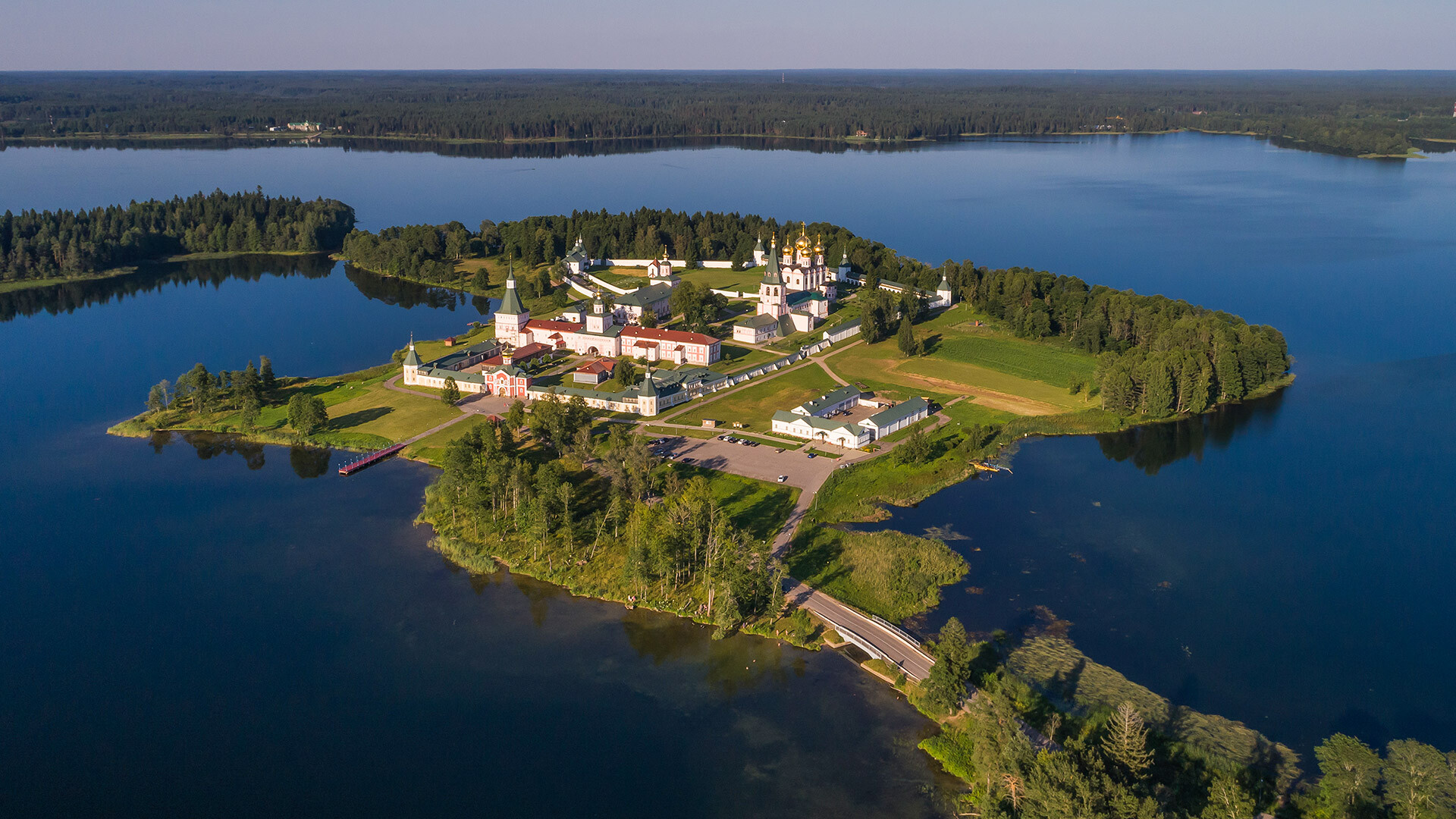
Patriarch Nikon was the initiator of the foundation of the Iversky monastery. He dreamed of creating a monastery in Russia in the image and likeness of the Iversky monastery on Mount Athos in Greece. His wish came true in 1653 on the Selvetsky Island of the Valdai Lake, not far from Veliky Novgorod.
At Nikon’s request, the monks of this same Athos monastery produced a copy of the wonderworking Iveron Icon of the Mother of God. Sending the icon to the Russian state, the Greeks asserted in a covering letter that the iconographer “only ate on Saturday and Sunday and the brethren ate All-Night and Liturgy twice a week. And this newly painted icon is no different from the first icon in length, width or image, but it is as old as the first.”
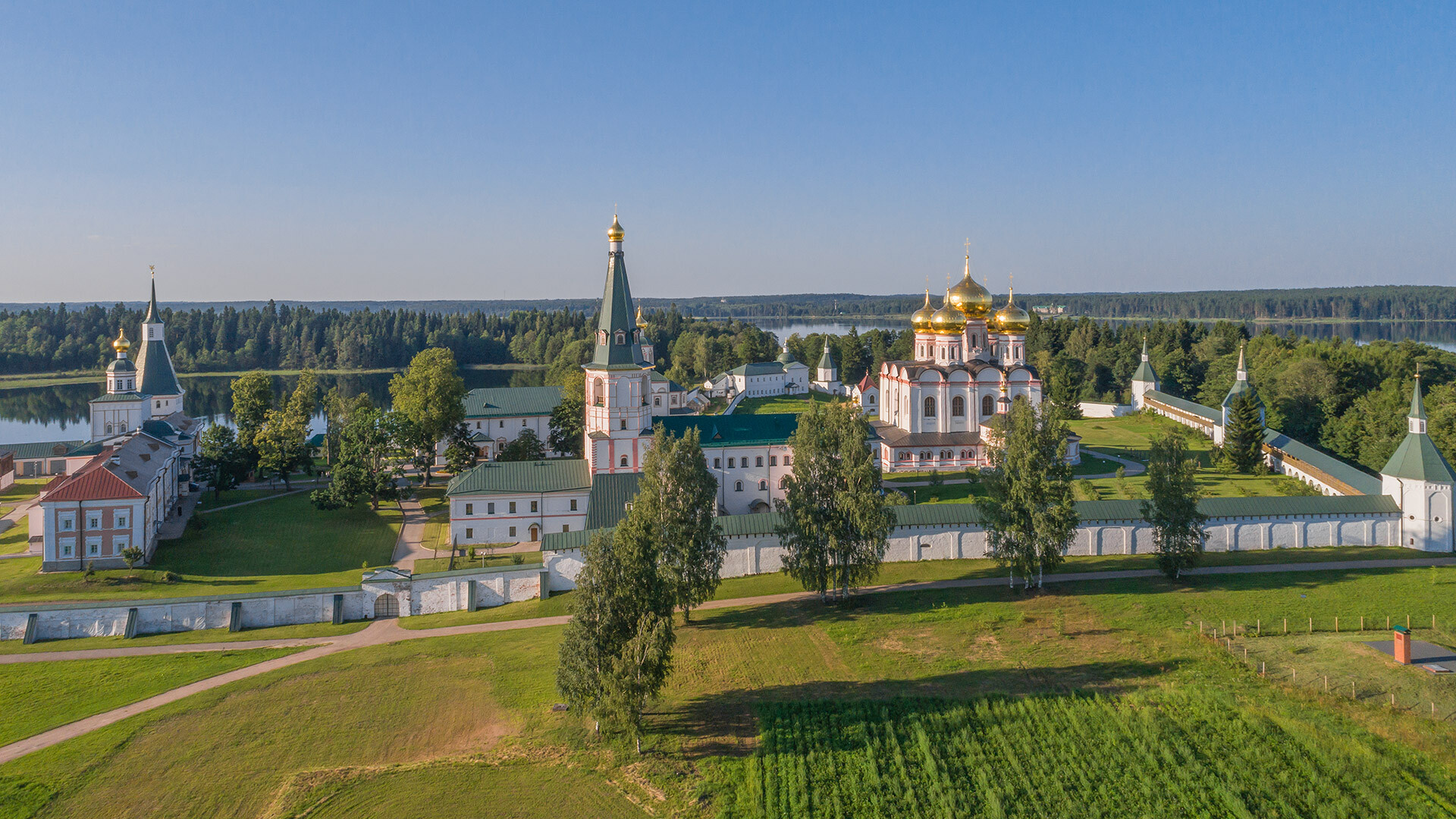
The Iveron icon became the main relic of the Valdai Monastery and was used to sanctify the Assumption Cathedral of the monastery, one of the largest in Russia at the time: 42.8 meters wide, 44.9 meters long and almost 43 meters tall.
After the closure of the monastery in 1927, the authorities at different times used it as a house for disabled veterans of war and a school for children with tuberculosis. In 1991, the abandoned monastery was transferred to the Novgorod diocese, which immediately started to work on its restoration.
If using any of Russia Beyond's content, partly or in full, always provide an active hyperlink to the original material.
Subscribe
to our newsletter!
Get the week's best stories straight to your inbox